It’s not every day you meet someone who’s spent 12 days racing through the frozen wilderness of Alaska with 16 huskies, wearing a kilt, and living to tell the tale. But Wattie Mcdonald is no ordinary guy.
Known affectionately as the “Tartan Musher,” Wattie returned to Aberdeenshire after conquering the Iditarod, one of the world’s most gruelling and iconic sled dog races, spanning 1,049 miles across the Alaskan wilderness.
He founded Husky Haven, a mushing centre just outside Stonehaven, offering sled dog adventures and year-round kennel tours for visitors keen to experience the thrill of the sport.
For Wattie, the story of Husky Haven began back in 1999 with a Siberian husky named Keeska, a dog who would change his life forever.
“To be honest, I wasn’t even a dog person,” he admits. “Then Keeska came along”.
Catching the mushing bug
Initially dragged into the world of dog shows by his wife Wendy, Wattie didn’t take to the show-ring scene.
But the real spark came from the community he met along the way—husky owners who introduced him to mushing, a sport involving sled dogs and three-wheeled rigs speeding through forest trails.
“I got hooked,” he says. “It’s exciting, the atmosphere when you’re harnessing up the dogs, it’s electric.”
His hobby then snowballed. What started with one husky became a 36-dog kennel, a homegrown breeding program, and a lifelong passion.
The team expanded quickly, all with names starting with a “K” in honour of Keeska, the husky who started it all.
“I never thought I’d have 36 of them, but here we are,” Wattie grins.
Braving the Iditarod
The obsession deepened in 2008, when Wattie and Wendy travelled to Alaska for their wedding anniversary. By chance, they arrived during the Iditarod sled dog race across frozen Alaska. Witnessing it was all it took. He was in.
But participating in the Iditarod is no easy feat. With the cost of entry, equipment, and training estimated at £50,000, Wattie knew he couldn’t do it alone.
Backed by local fundraising and sponsorship, he trained in Alaska under 1984 Iditarod champion Dean Osmar, leasing a team of dogs and living among them to build trust.
“You’re a vending machine to them,” Wattie explains. “They hear your voice and think, ‘something good’s coming—probably food.’ That’s how the bond forms.”
In 2010, dressed in a kilt and flanked by bagpipers, Wattie set off from the Iditarod start line representing Scotland.
After 12 gruelling days and nights in temperatures as low as -54°C, he crossed the finish line mid-pack—but with all 16 dogs still running strong.
“No one expected me to finish,” he chuckles. “Especially not starting out in a kilt. But I did, and every single dog made it with me. That was the real victory.”
He returned to Alaska the following year for a second attempt, but plans for a third in 2012 were tragically derailed when Wendy was diagnosed with cancer. She passed away in late 2013.
Building Wendy’s dream at Husky Haven
After Wendy’s passing, Wattie was left reeling. But the dream they had shared—to create a home for their huskies—pushed him forward.
In 2014, with help from Richard Holman-Baird of Rickarton Estate, Wattie secured land on the site of a newly constructed wind farm trail in the hills above Stonehaven.
“It was Wendy’s dream, and she wasn’t there to see it,” he says quietly. “But I had to make it happen.”
By early 2016, Husky Haven opened its doors. A mushing centre dedicated to the sport in Scotland, it offers sled dog runs, kennel tours, and a glimpse into life with a pack of working huskies.
It became not just a business, but a lifeline.
And then another twist—later that year, Wattie suffered a cardiac arrest aboard a ship in the Mediterranean. Dead for 20 minutes, he was revived, received a triple bypass, and spent months recovering in hospital.
“They said, ‘You’re not leaving here till we fix you,’” he recalls. “And they did. The NHS was incredible.”
Today, Wattie is now remarried to Jackie who shares Wattie’s love for huskies.
Supported by a loyal group of volunteers—many of whom have been with him from the start—he’s built a sanctuary for the animals he loves and a destination for visitors worldwide.
From husky rides and kennel tours to dog sponsorships and gift shop souvenirs, every penny earned goes back into feeding and caring for the dogs. “Unless I can find a market for husky crap, I’ll never be a millionaire,” he jokes.
Social media, especially Facebook, has helped Husky Haven grow over 12,000 followers.
A ‘magic experience’
Wattie regularly hosts presentations about his Iditarod adventures and still dreams of returning one day.
“54 below is the coldest temperature I’ve experience on the trail in Alaska,” he says. “I was out in the middle of nowhere, it was a magic experience.
“You don’t expose any skin unnecessarily because it will freeze. If you take your gloves off to do your dog chores, within minutes your hands are sore with the cold.
“Your eyelids start freezing together, you’ve got icicles hanging from your nose and your face.”
In May, Wattie will undergo surgery on his knees—damage from countless trails ridden hard across frozen Alaskan tundra. “There was a stretch, 15 miles of frozen hummocks,” he remembers. “I came back on crutches.”
Still, nothing keeps him down for long. In 2022, he returned to Alaska with his grandson Finlay—just 14 at the time—who’s showing the same fire Wattie once had. “He’s desperate to do it. And I’m desperate to go back.”
The 61-year-old is thrilled his grandson shares his passion for Husky Haven and hopes to one day pass on the reins to him.
“Every time I’m out on the trail, lump in my throat,” Wattie says. “I look at the dogs, and they’re just… focused. I brought them into this world for this. And they love it.”
And if the opportunity arises for another shot at Iditorad? “If the sky opened up with £50,000 right now, I’d be there tomorrow. Sore knees or not.”
Help out at Husky Haven
Husky Haven is a year-round facility for huskies and Wattie says he couldn’t do it without the help of his volunteers and support from the community.
With ongoing expenses like food, veterinary care, and electricity, the centre relies on community contributions to keep things running smoothly.
Supporters are regularly thanked with access to exclusive events, including kennel tours, BBQs, and discounted mushing experiences.
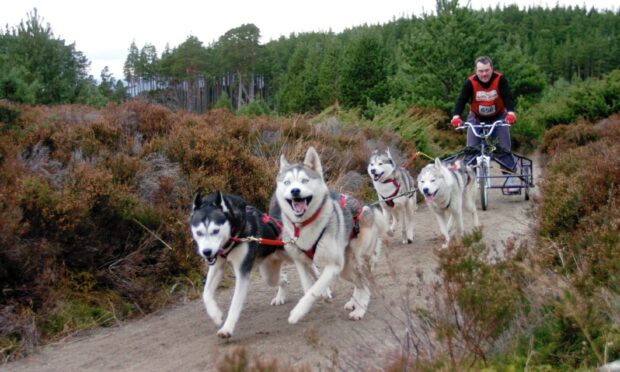
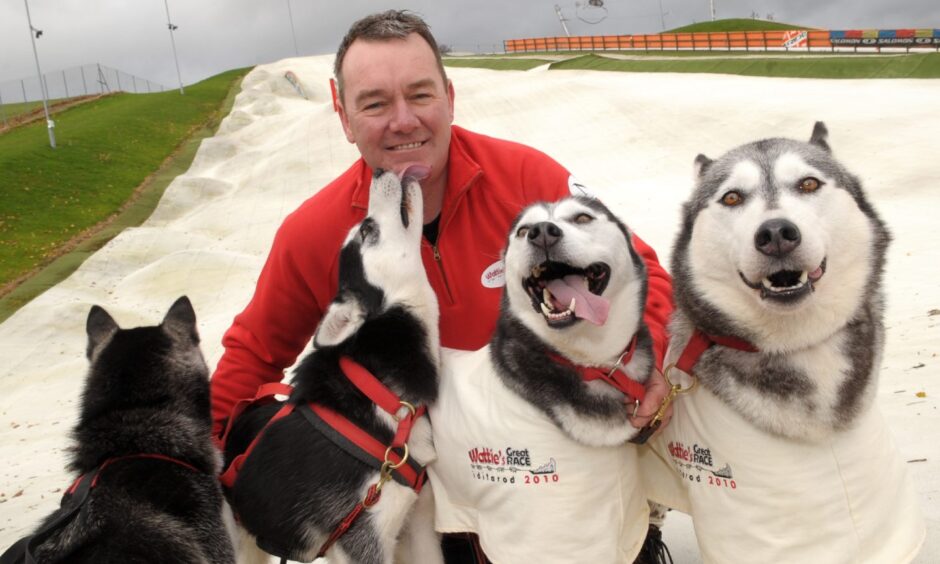
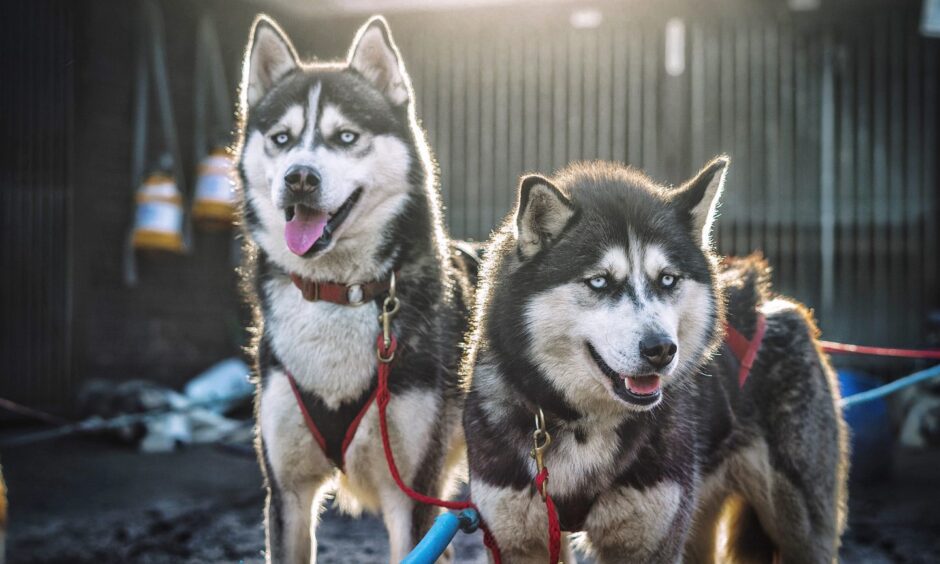
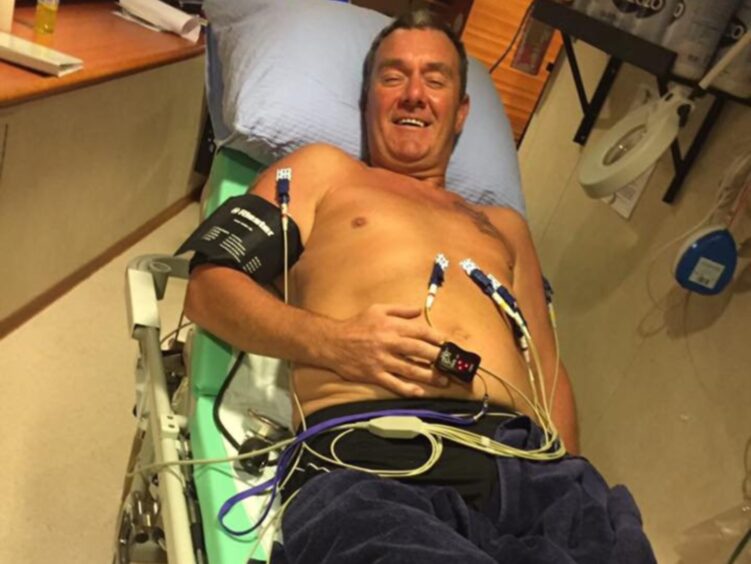
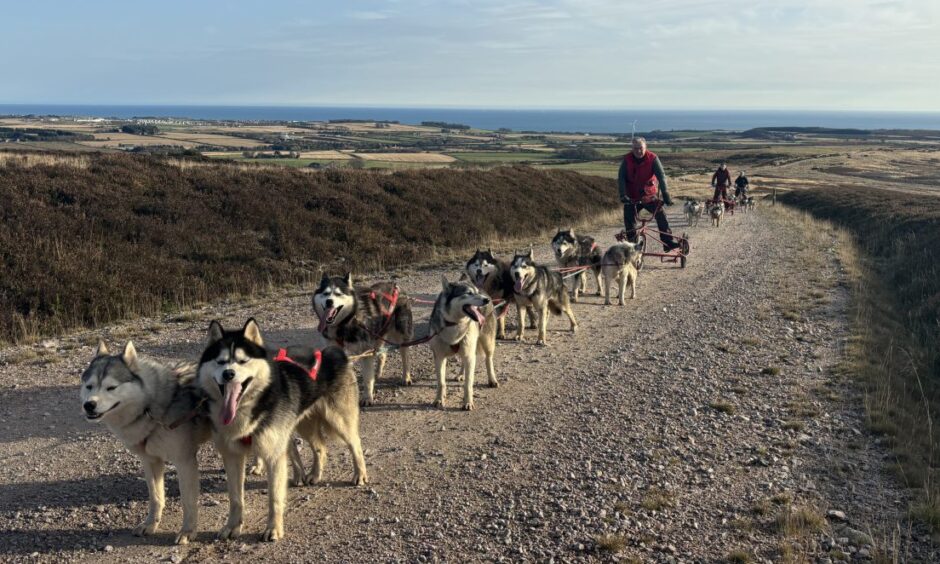
Conversation